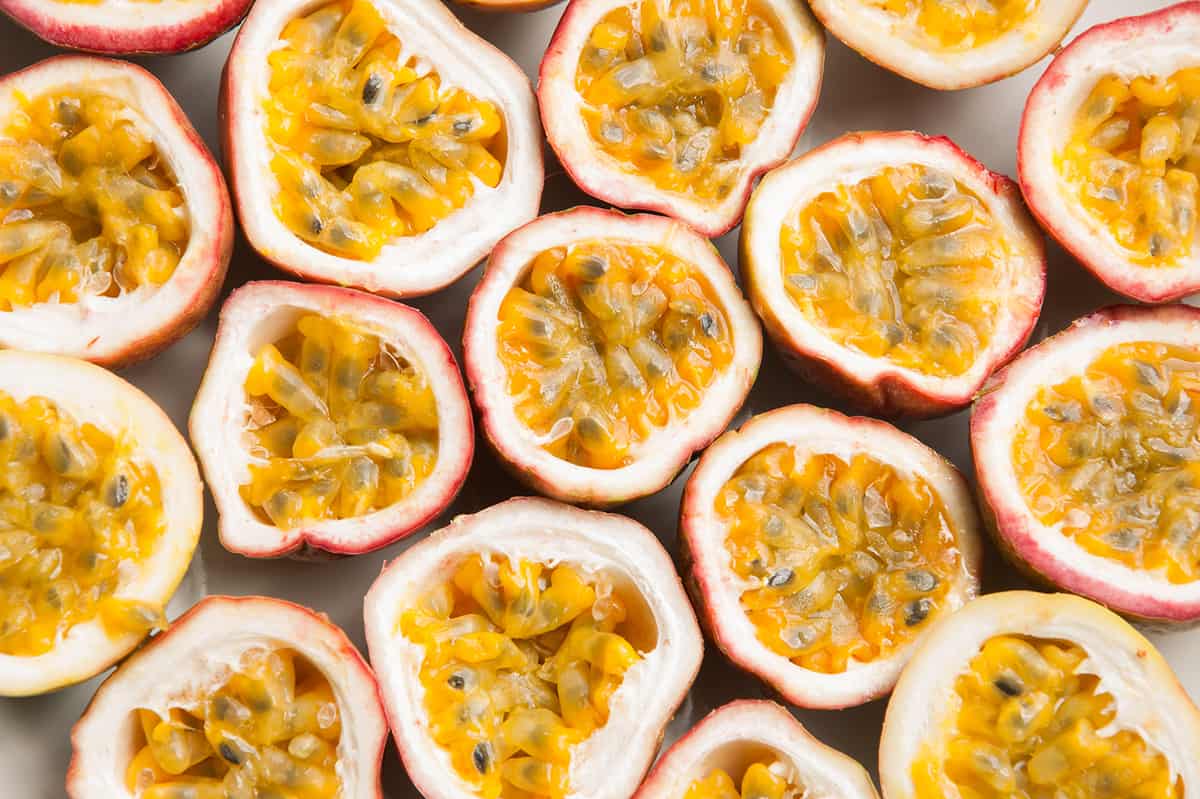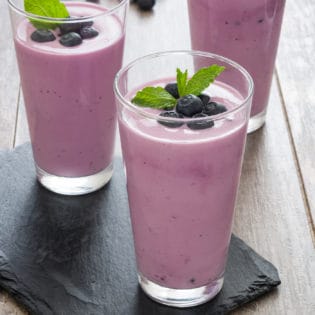Passion Fruit

Seasonality of Passion Fruit:
- Passion fruit is available year-round, with peak seasons being February to June and August to November.
Health Benefits of Passion Fruit:
- Passion fruit are high in fiber and Vitamin A.
- They also contain Vitamin C, iron, copper, lycopene and potassium
How to Select Passion Fruit:
- Store unripe passion fruit at room temperature until skin is wrinkly.
- Ripe passion fruit can be stored in refrigerator for up to 3 days.
How to Store Passion Fruit:
- Choose passion fruit that are large and heavy for their size.
- If the skin is wrinkled, that means the passion fruit is ripe!
How to Prepare Passion Fruit:
- Wash passion fruit and cut in half. Scoop out the jelly-like pulp to be eaten as is or used in juice, smoothies or dressings.
Fun Facts About Passion Fruit:
- Passion Fruit got its name from Spanish missionaries who saw the plant’s distinctly shaped flower as a symbol of Christ’s crucifixion. They carried the symbolic plant back to Europe and its popularity spread throughout the world.
- The passion fruit originated in South America but is now grown in different tropical and subtropical countries around the world.
- Passion fruits are produced by fast-growing vines that can grow as much as 20 feet in one year. However, it is also short-lived and can only survive a maximum of seven years.









